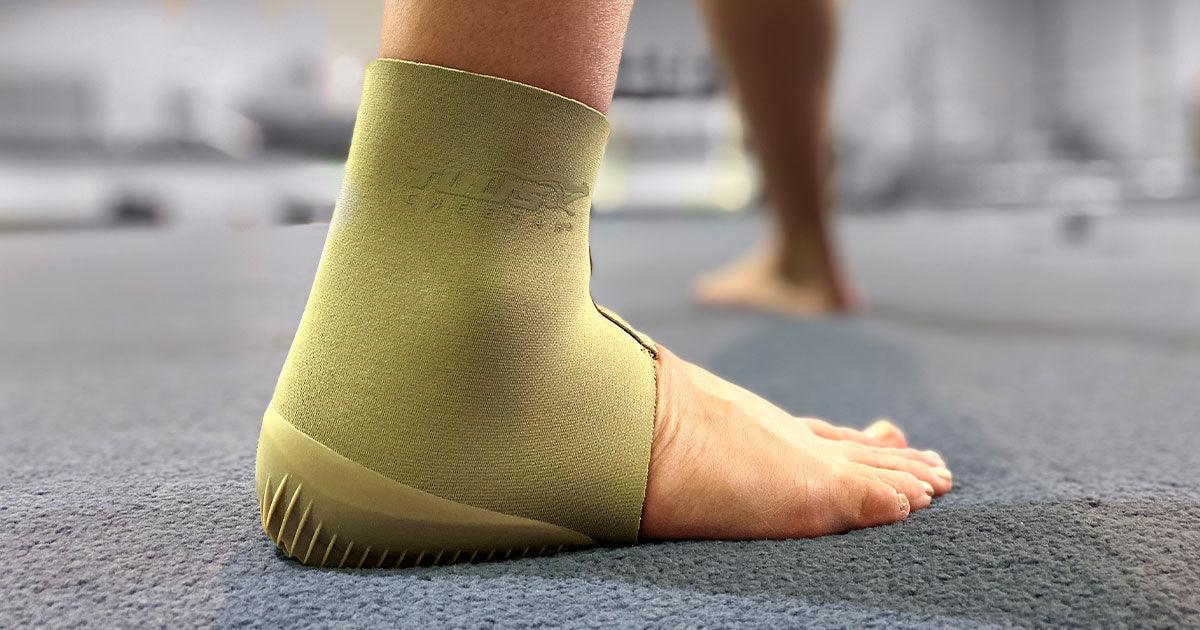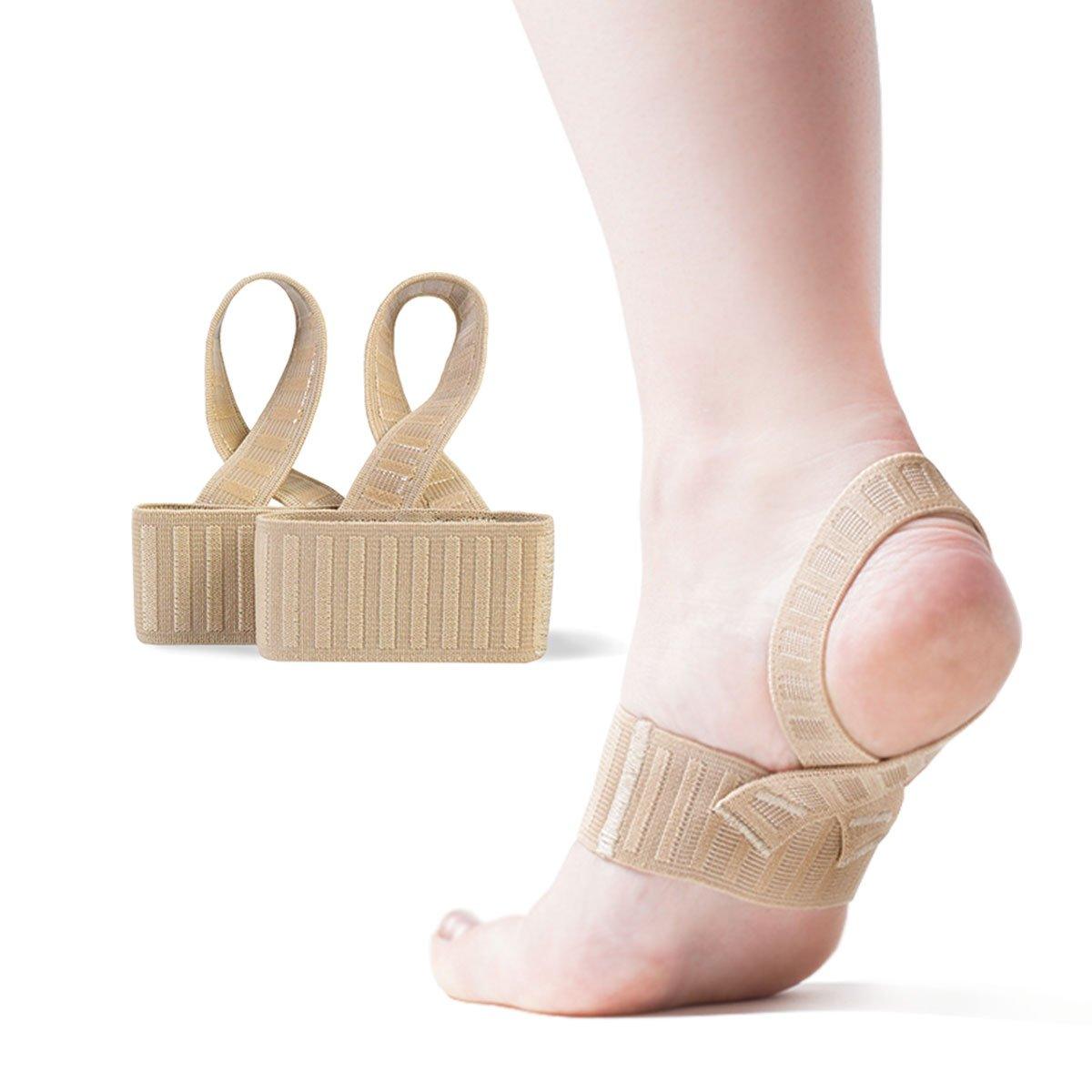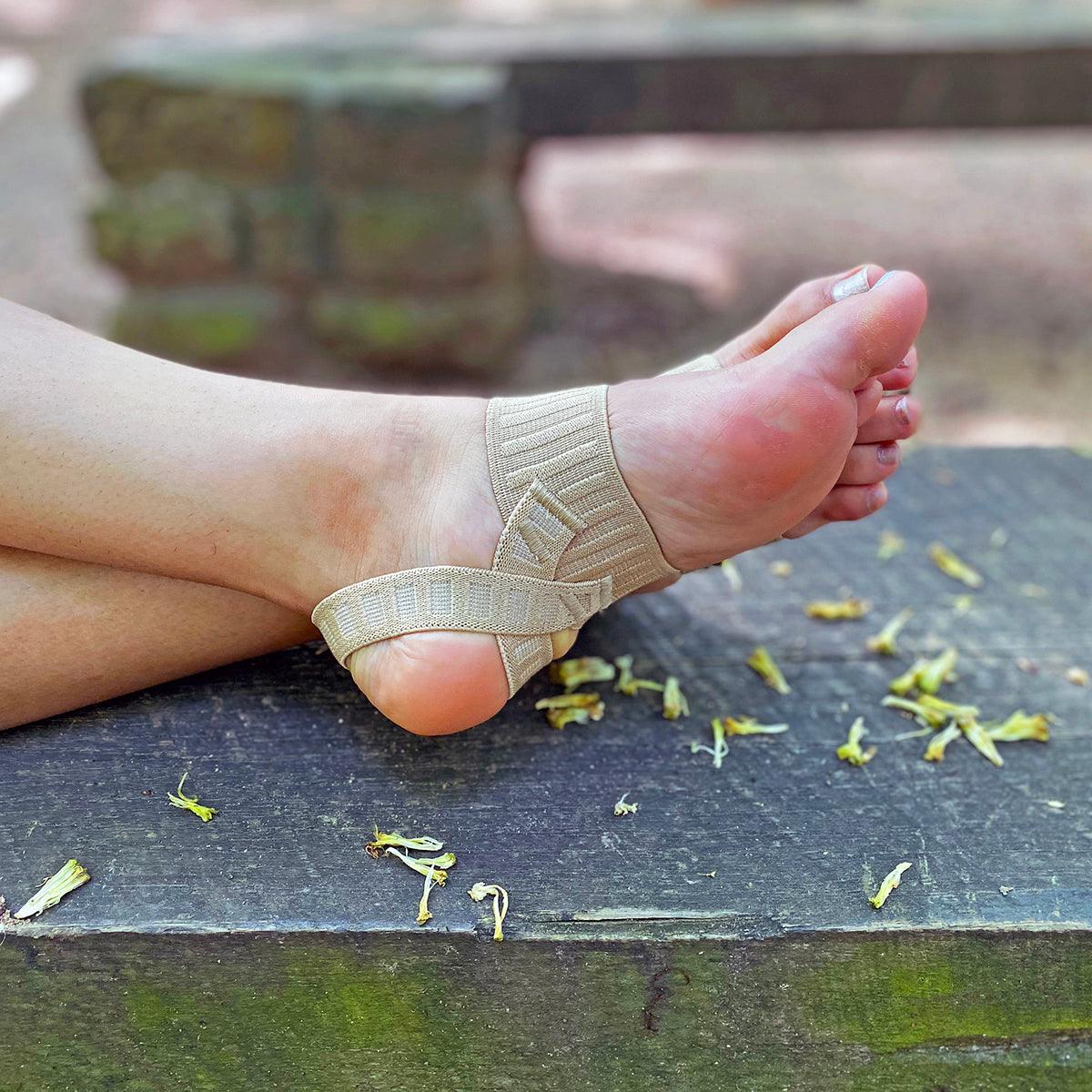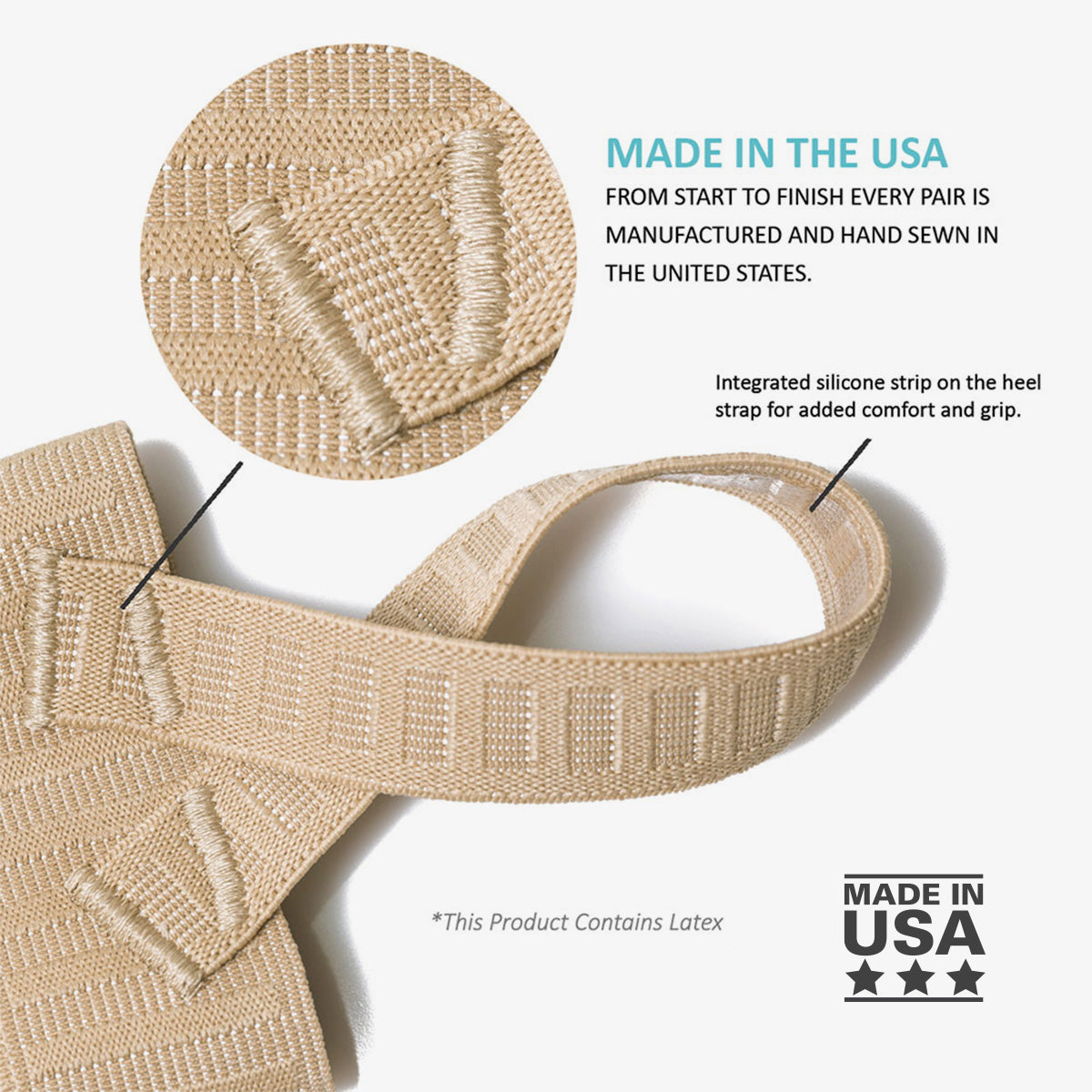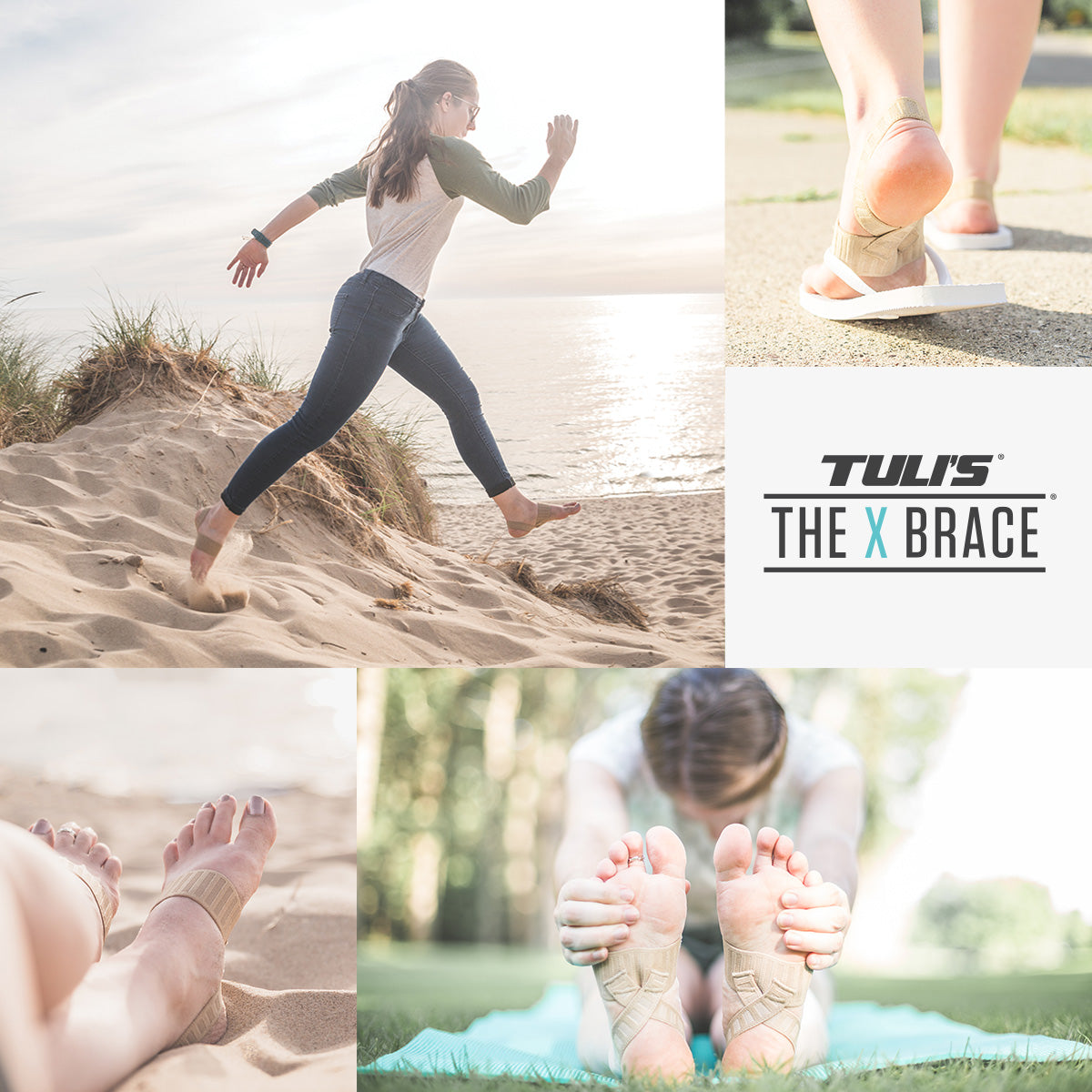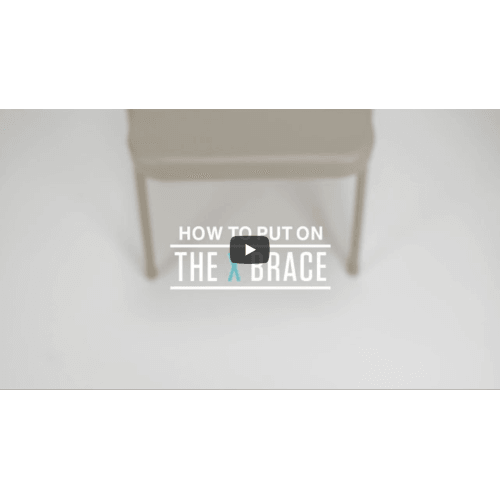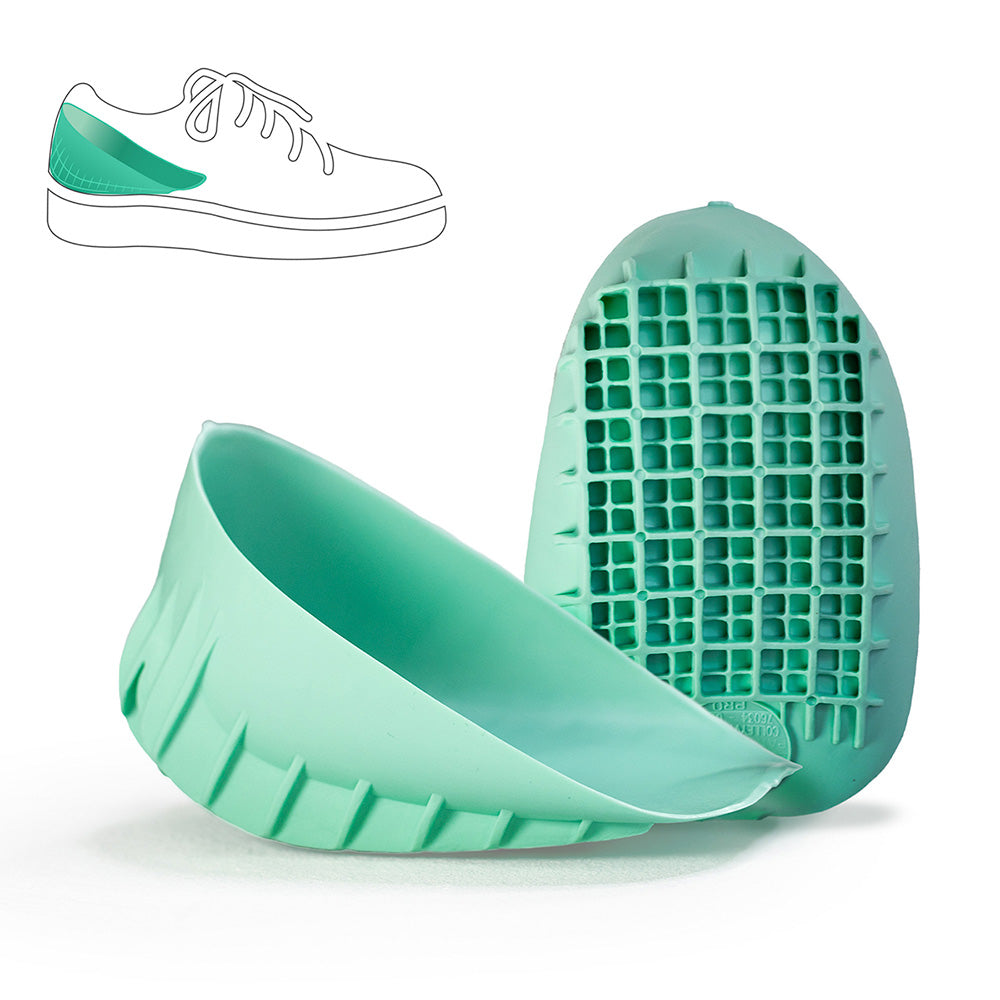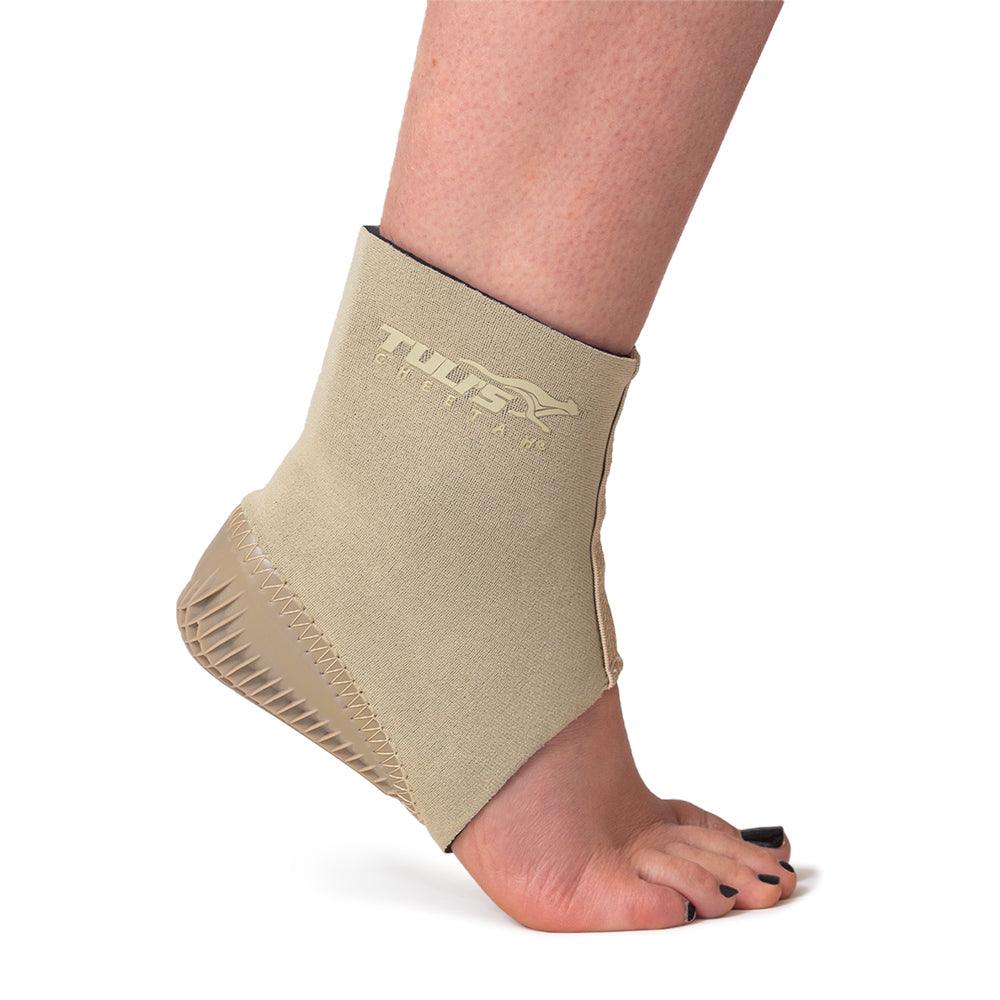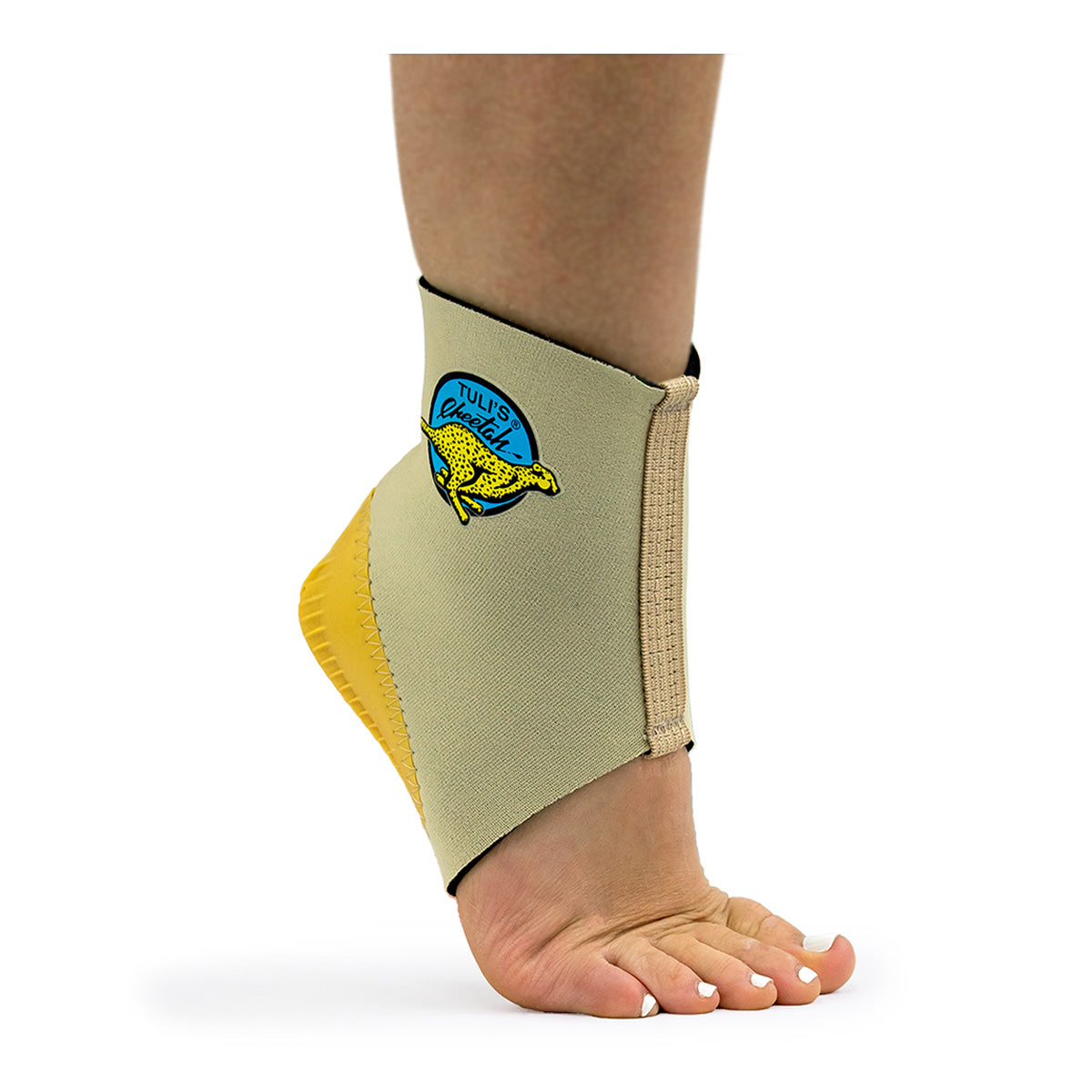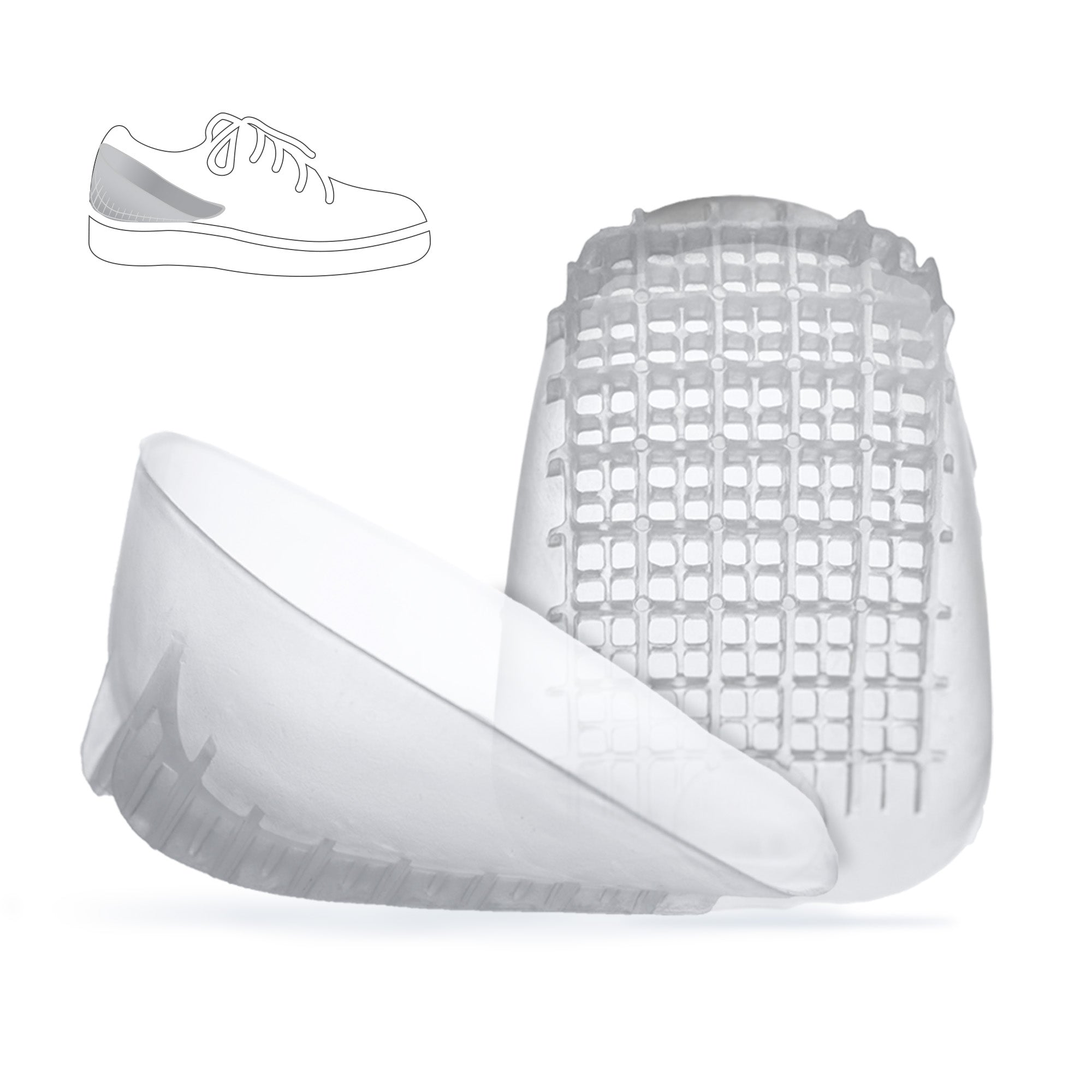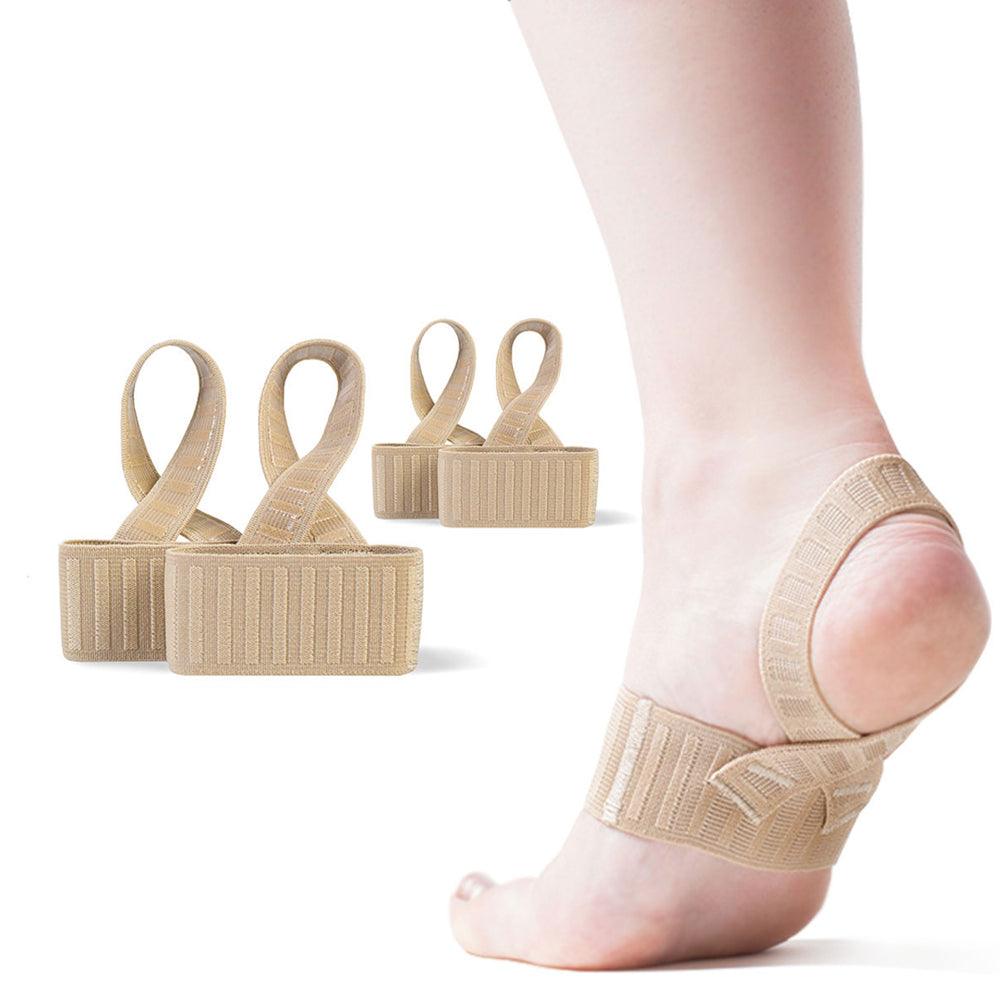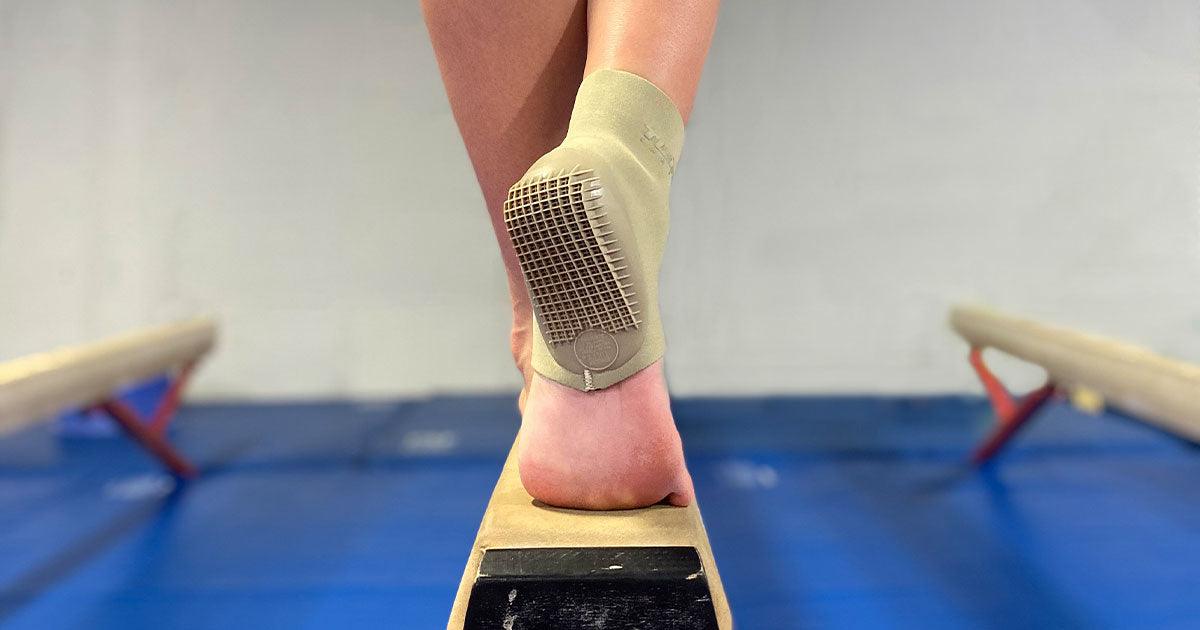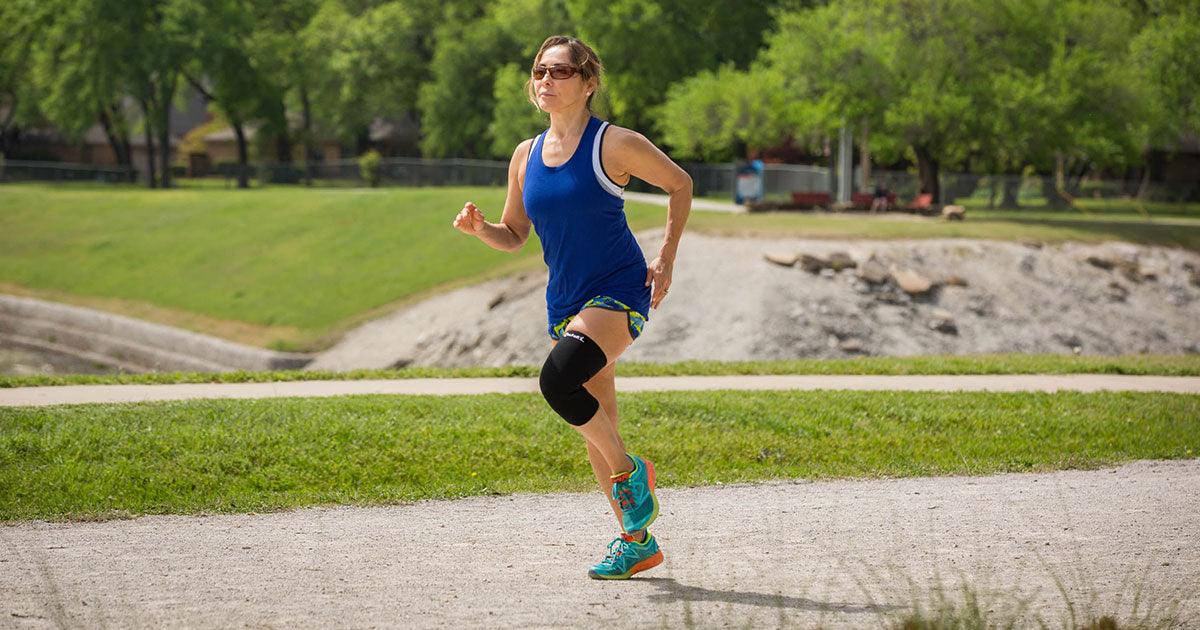Sever’s Disease: A Typical Growing Pain for Gymnasts
It is usual for gymnasts to start their career at a very young age, which isn’t a bad thing. It helps enhance muscle development and coordination at a young age, providing them with helpful tools in whatever they decide to do in life.
Because gymnastics is a sport one starts at a young age, it is typical for a gymnast to hit a few growth spurts and deal with growing pain. Growing pain is not something that should be taken lightly, especially because of the nature of the sport.
Gymnastics is a sport where it is important to give equal impact throughout the body. It is so easy to favor one side over the other, especially when pain is involved. A typical growing pain that many gymnasts go through is Sever's Disease.
Sever’s Disease is a condition found in children where the bone of the heel grows faster than other tendons and muscles in the leg. As those muscles and tendons grow they add stress to the heel’s growth plate. As a result, the plate starts to swell and feel tender, resulting in the favoring of one leg or side of the body over the other. Favoring is likely to result in injury to another body part. This is why it is super important to get the treatment needed to help ease the pain.
The Solution
Medi-Dyne offers a product that many gymnasts find helpful in this kind of circumstance. The Cheetah Gen2 Heel Cup is one many gymnasts find effective and helpful in the stages of life where growing pain is occurring.
The Cheetah Gen2 helps give the athlete the support and cushion needed in order to continue doing the sport that they love. The Cheetah has shock absorption to help the athlete endure the landing and pounding, while fitting to the athlete’s foot and providing the support needed to perform in a comfortable, safe way.


OTHER RELATED TOPICS:
TULI’S CHEETAH: TESTIMONY FROM A GYMNAST
YOUR CHILD'S HEEL PAIN COULD BE SEVER'S DISEASE
SEVER’S DISEASE FOR PARENTS: WHAT IS SEVER’S DISEASE AND HOW TO TREAT IT
HOW TO HELP A CHILD DEAL WITH SEVER’S DISEASE
REDUCING THE PAIN OF SEVER’S DISEASE AND PLANTAR FASCIITIS
WHAT IS THE DIFFERENCE BETWEEN PLANTAR FASCIITIS AND SEVER’S DISEASE?
PLEASE NOTE: The information on this website and article is for information only and should not be used as a substitute for consulting your doctor. Consult your doctor for proper diagnosis and rehabilitation.




